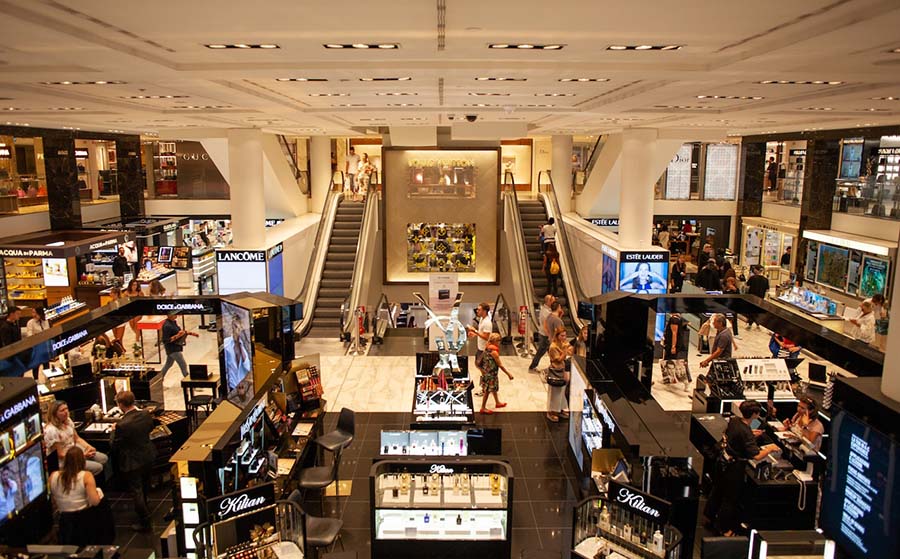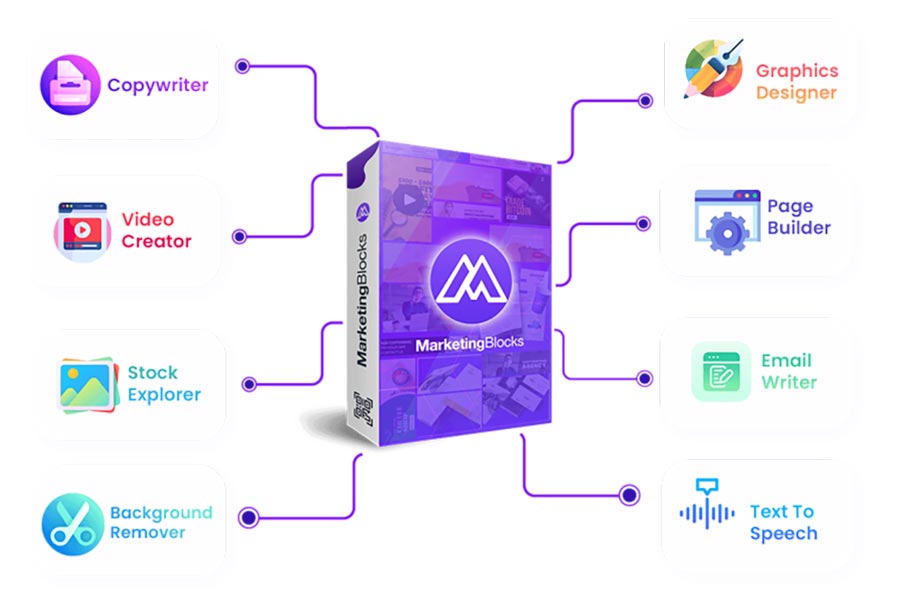The Future of Digital Out-of-Home (DOOH) Advertising

Digital out-of-home (DOOH) advertising is not a new concept. It has been around for some time, but the COVID-19 pandemic has accelerated its growth and adoption. The pandemic has made it clear that traditional advertising methods are insufficient to reach consumers as they spend more time at home. As we move forward, it is essential to understand the trends and changes shaping the future of DOOH advertising.
Increased Demand for Contactless Advertising
The pandemic has accelerated the shift towards contactless advertising. DOOH advertising has become the go-to option for advertisers looking to reach consumers safely and socially distantly. Digital screens can be placed in high-traffic areas, such as shopping malls, airports, and train stations, where people can see them without touching anything.
Personalisation and Targeting
Personalisation and targeting have been buzzwords in the advertising industry for some time. However, DOOH advertising is taking personalisation and targeting to the next level. The technology behind DOOH advertising allows for real-time data collection and analysis, enabling advertisers to tailor their messages to specific audiences.
For example, a DOOH screen in a shopping mall can use facial recognition technology to determine demographics, such as age and gender. Advertisers can then show ads relevant to specific demographics, such as cosmetics for women or sports equipment for men.
Integration with Mobile Devices
Mobile devices have become an integral part of our lives. Advertisers are leveraging this by integrating DOOH advertising with mobile devices. For example, a DOOH screen can display a QR code, which consumers can scan with their mobile devices to receive more information or a discount code.
Interactive Experiences
DOOH advertising is not just about displaying static ads on screens. It can also provide interactive experiences for consumers. For example, a DOOH screen can be turned into a game where consumers can win prizes by interacting with the screen. Interactive experiences not only engage consumers but also provide advertisers with valuable data on consumer behaviour.
Digital Signage as a Service
Traditionally, DOOH advertising has been expensive and time-consuming to set up. However, the rise of digital signage as a service (DSaaS) is changing this. DSaaS providers offer a turnkey solution where advertisers can rent screens and display ads in high-traffic areas without worrying about technical details.
Conclusion
The future of DOOH advertising is bright. The pandemic has accelerated its growth and adoption, and the trends and changes outlined above will shape its future. Advertisers who embrace DOOH advertising and use it to its full potential will be able to reach consumers in a safe and socially distant way while providing engaging and personalised experiences.
Be sure to check out our other related posts if you enjoyed this one:
- Supercharge Your Business: Mastering Cross-Channel Marketing Magic!
- Influence: The Psychology of Persuasion by Robert B. Cialdini – A Word Marketing Book Summary
- Building Trust: Brand Awareness & Reputation
- Unlocking Success: Data-Driven Targeted Advertising
- The AI Revolution: Transforming Marketing & Advertising
- Introducing Our New and Improved Dewalist Marketplace Design
- Ad Ethics: Balancing Persuasion with Responsibility
- Email Showdown: Mandrill vs Mailchimp Features
- Revolutionising Marketing with Virtual & Augmented Reality
- Small Business Local SEO: Unleash the Power to Boost Growth
Sign up for updates on this blog and our latest marketing posts if you enjoyed reading this one.
Share our blog content with your friends and colleagues via Facebook, Twitter, Pinterest, LinkedIn, email or WhatsApp links below and help them stay informed about the latest insights on business, marketing, finance, lifestyle, and society. Let’s build a knowledge-sharing community and empower each other to achieve and experience our goals.
Credits
- Featured photo by Tuur Tisseghem on Pexels.









